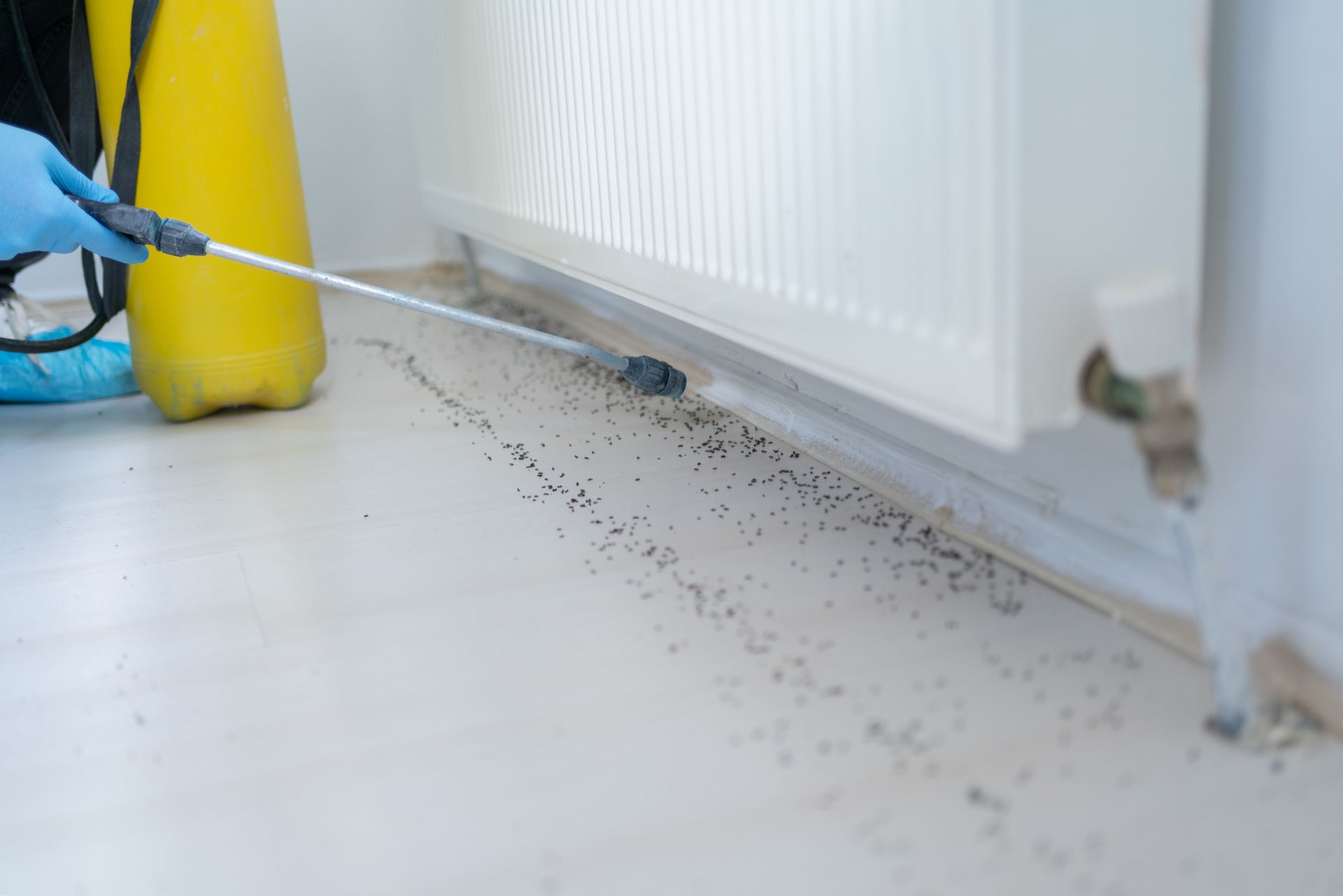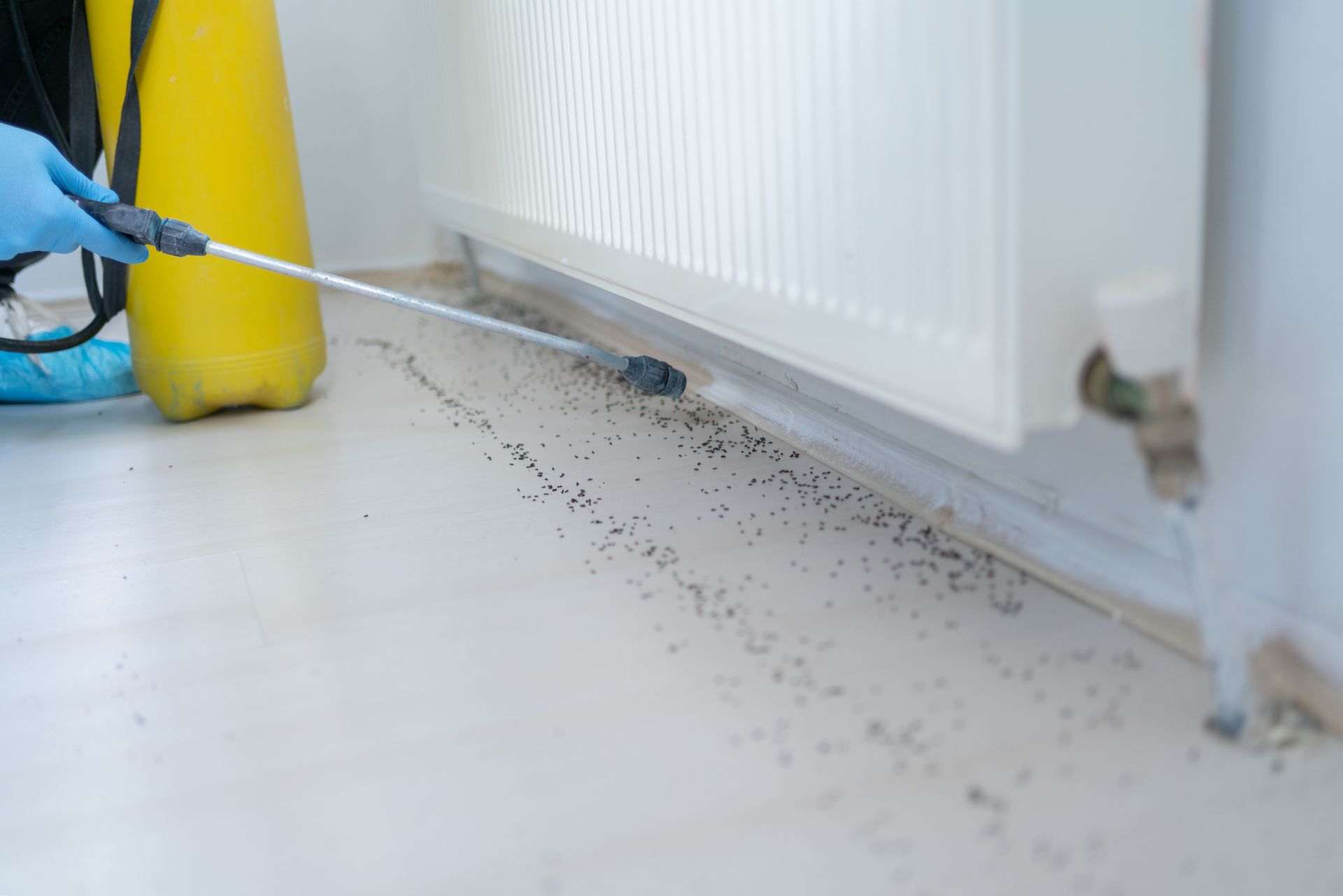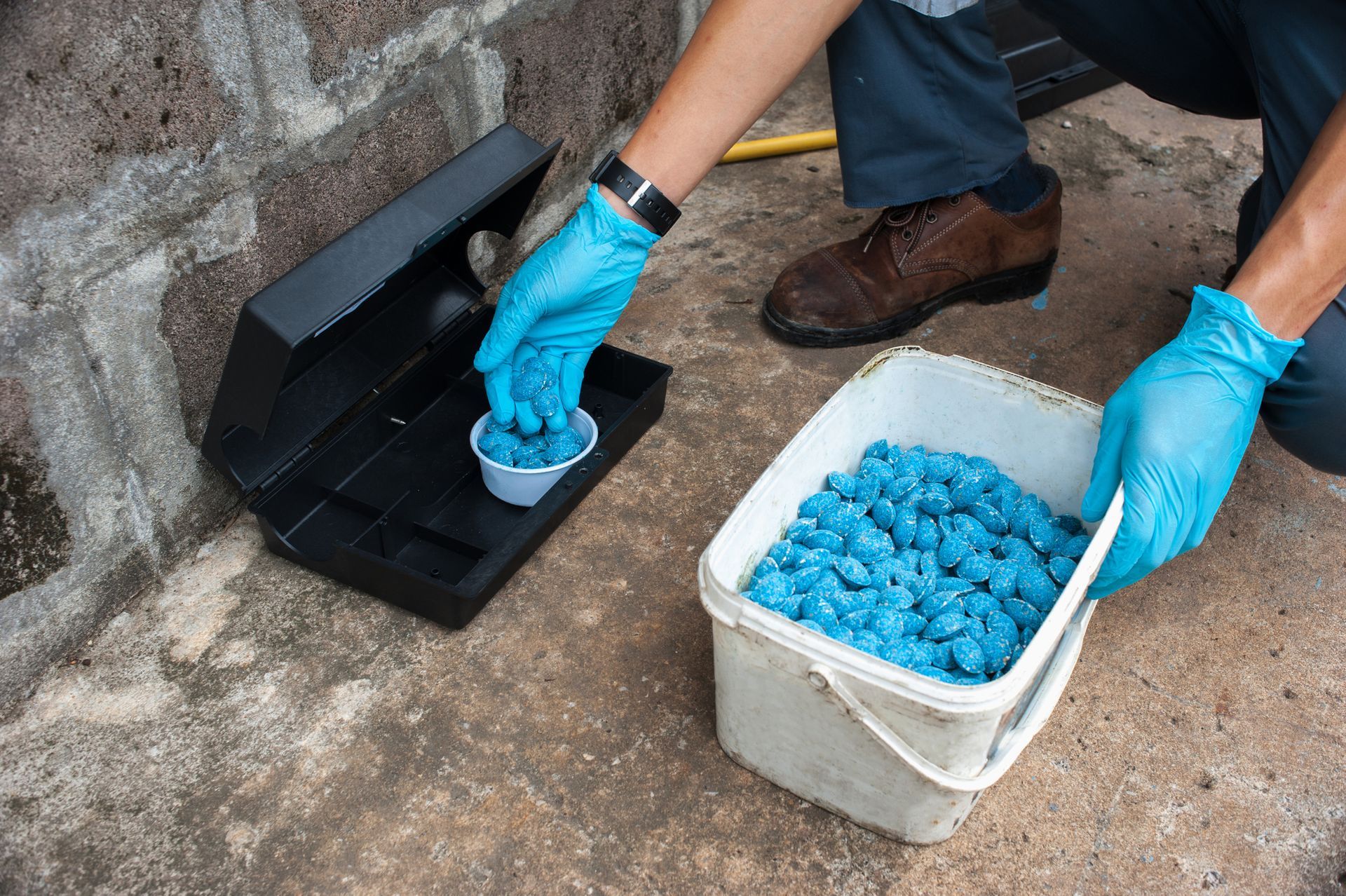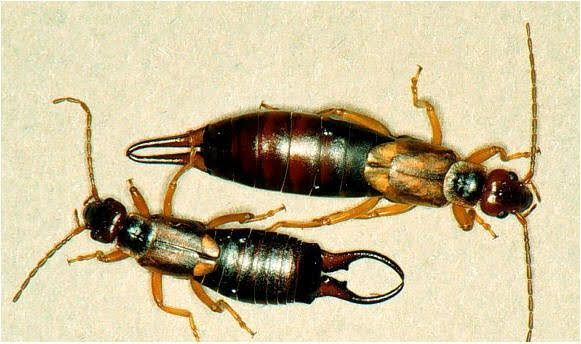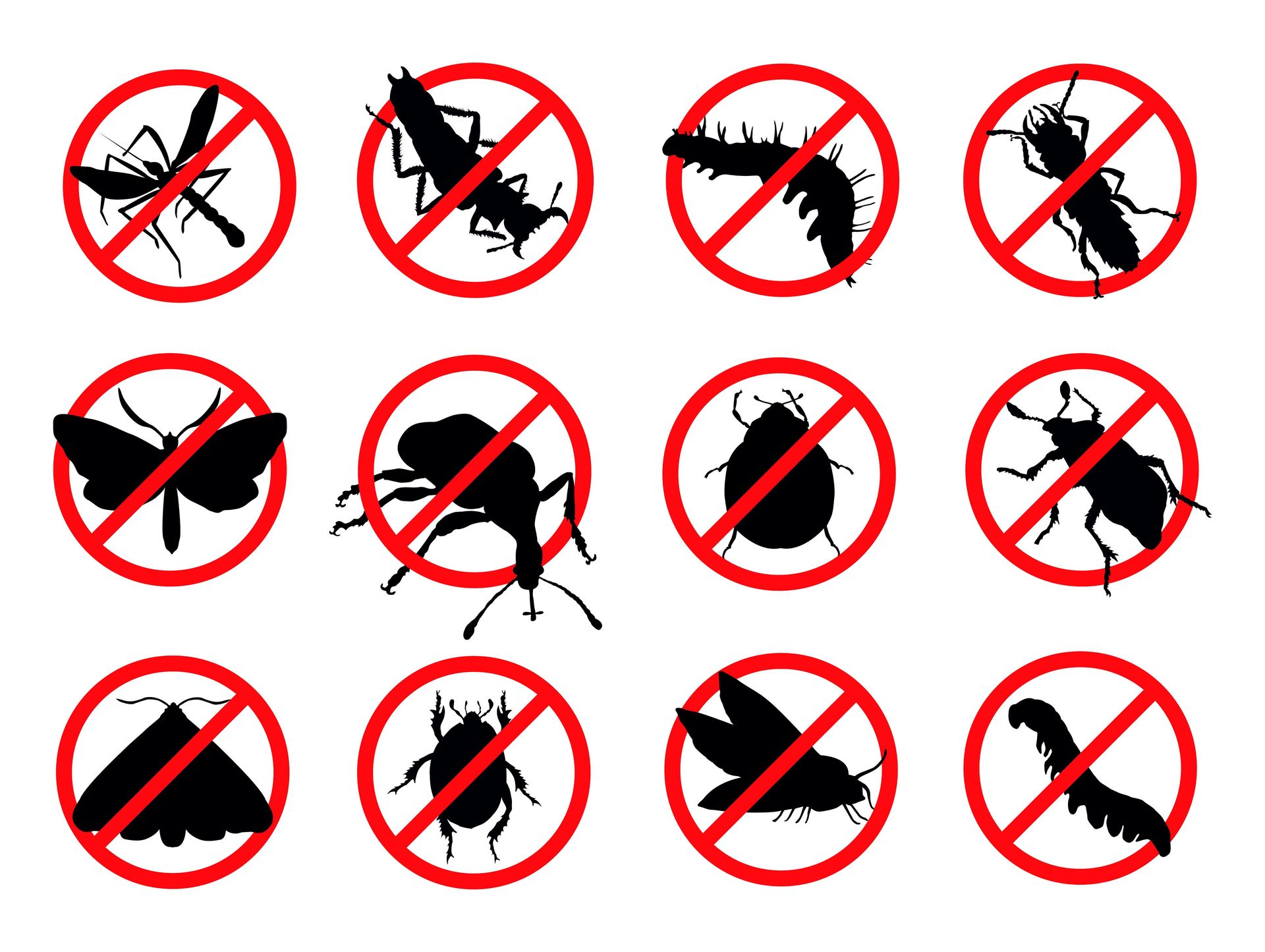The Cycle of Pest Infestation: 3 Reasons Why It's Hard To Break
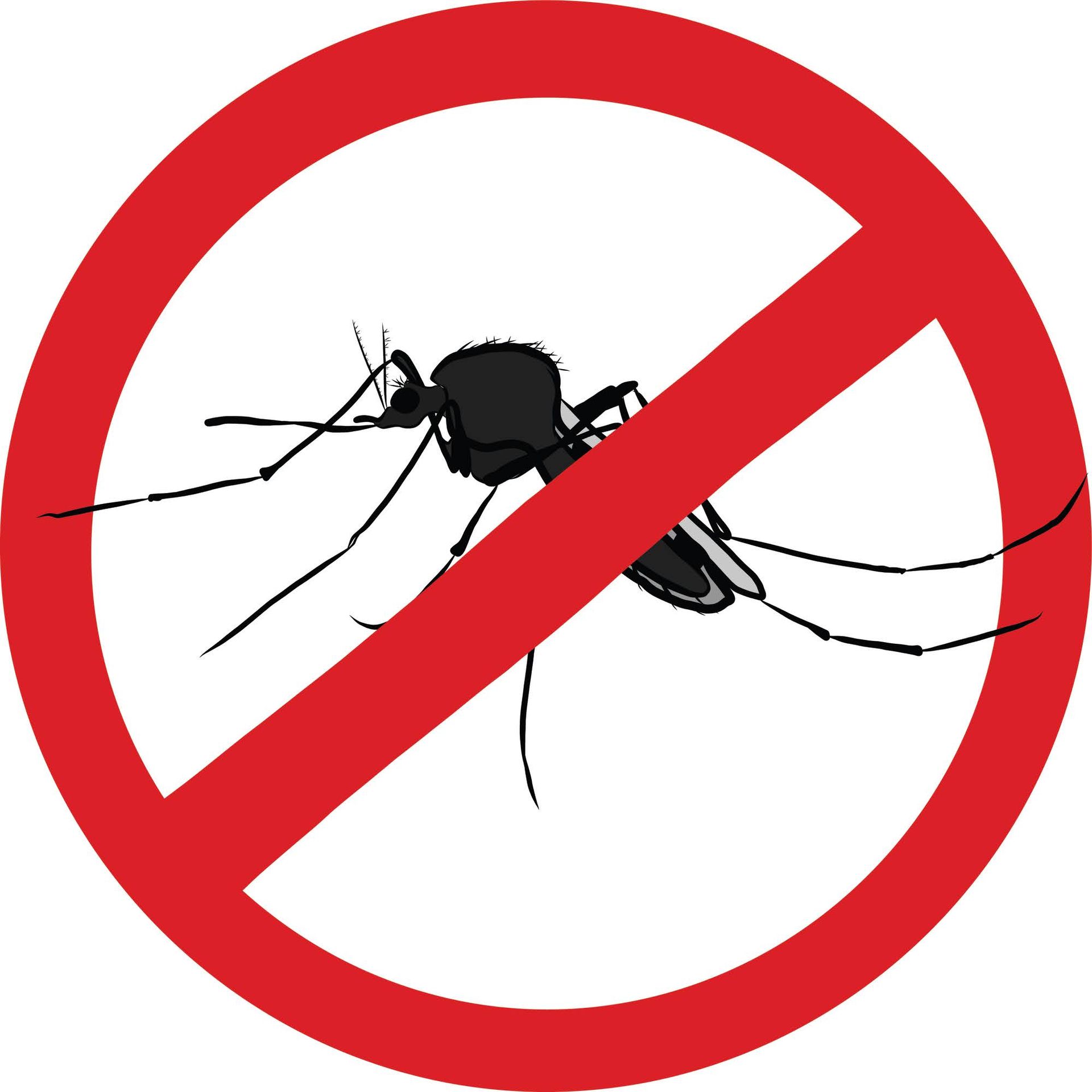
Have you ever waged war against pests, only to find them staging a maddening comeback, seemingly against all odds? The sight of a single cockroach skittering across your kitchen floor or a line of ants marching across your countertop can be enough to make you feel like you're living in a real-life horror movie.
But why do these unwelcome guests keep reappearing, even after you've launched every pest control strategy in your arsenal? This blog post highlights a few main reasons behind their relentless return.
1. You Only Address the Symptoms
Unfortunately, most DIY pest control attempts only address the symptoms but not the underlying cause of the infestation.
What you see scuttering or fluttering around your home is often just the tip of the iceberg. Beneath the surface, pests may have established extensive networks of nests or colonies, each a potential source of a renewed infestation. If your pest control measures do not reach these hidden hubs, eradication will likely be temporary, and a resurgence is almost inevitable.
In addition, simply eliminating the visible pests without addressing the factors that attracted them in the first place is a recipe for a recurring infestation. Pests are attracted to certain conditions or resources in your home, such as accessible food sources, sheltered nesting spots, or moisture.
If these attractants remain, new pests will likely arrive to take the place of those you've killed. This is much like placing a bandage over a wound without actually treating the source of the problem. The wound may heal temporarily, but it will continue to recur until you address the root cause.
The solution? Thorough and strategic pest control measures that target both the visible pests and their underlying sources. This involves a combination of techniques, such as sealing up entry points, eliminating food and water sources, using baits or traps, and employing pesticides in targeted areas.
2. You Don't Seal All Potential Entry Points
Pests are masters at sneaking into your home through even the smallest and seemingly insignificant entry points. These entry points can be as obvious as an open window, door, and pet entryways or as inconspicuous as cracks and crevices in your walls, floors, or foundation.
Any unsealed gap or opening, no matter how minute, can serve as a gateway for pests, allowing them to enter, exit, and re-enter your home at will. While you may successfully kill or repel the pests currently infesting your home, new pests can easily enter if these points of entry remain open. This is especially true for pests such as cockroaches or mice that reproduce rapidly.
To keep these persistent pests at bay, seal up all potential entry points, both big and small. Use caulking or weatherstripping to seal gaps in windows and doors or fill cracks and crevices with foam insulation. Also, install screens on vents and chimneys, and remember to seal pet doors properly when not in use.
3. You're Not Consistent With Your Pest Control Efforts
Pests have a high reproduction rate and can quickly regain their population if you don't keep up with your pest control efforts. For example, some pests, like cockroaches, can produce an egg every month or so. If you stop your pest control measures after a few weeks because you're not seeing pests anymore, you give any remaining pests a chance to breed and reestablish their infestation.
Even if you've eliminated a significant portion of the infestation, any survivors can potentially breed and rebuild the population. This is particularly true for pests like cockroaches and rodents, which can quickly produce large numbers of offspring.
Consistently maintain your pest control efforts, even after seeing a pest decline. This includes regular inspections and treatments to prevent any remaining or new pests from establishing themselves in your home.
With the help of seasoned pest control experts like Patriot Pest Management Inc., you can finally break the cycle of recurring infestations and enjoy a pest-free home. Our team uses effective, eco-friendly methods to not only rid your home of pests but also prevent them from returning. Contact us today for a thorough pest inspection and long-term solutions to your pest problems!



